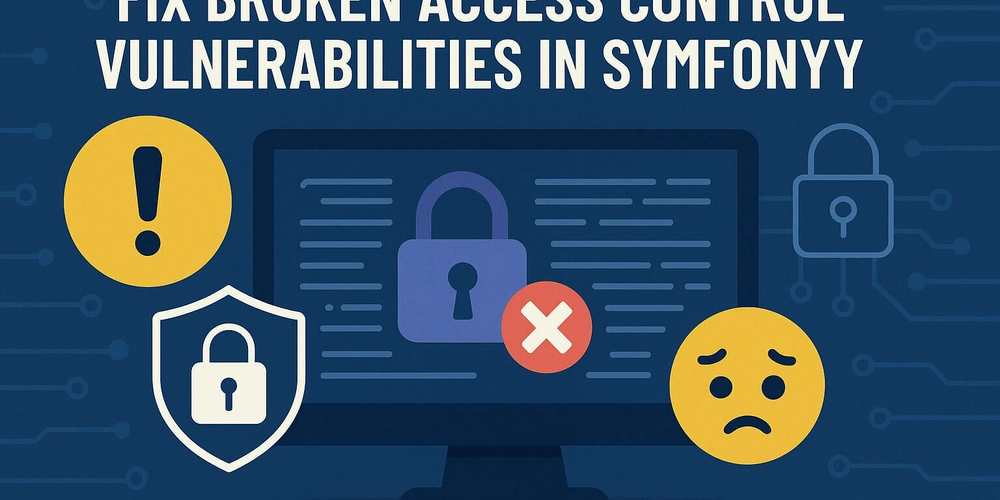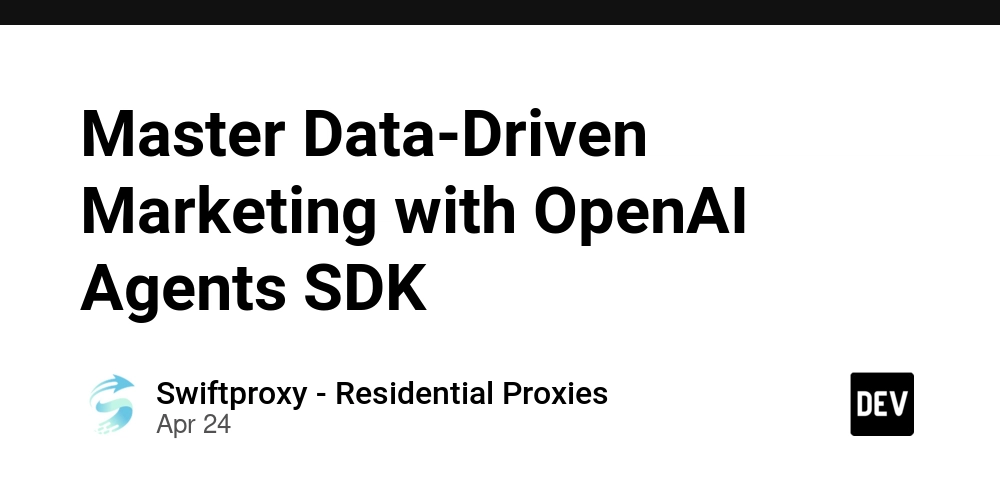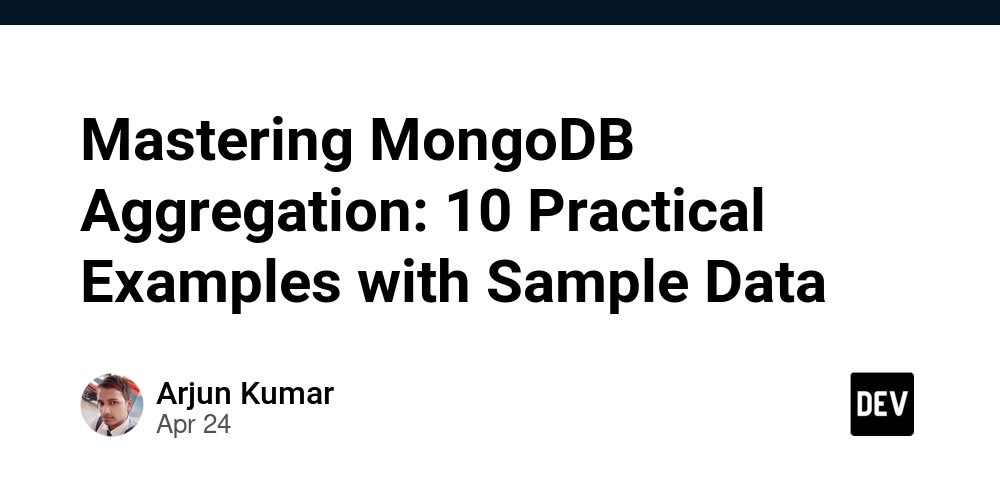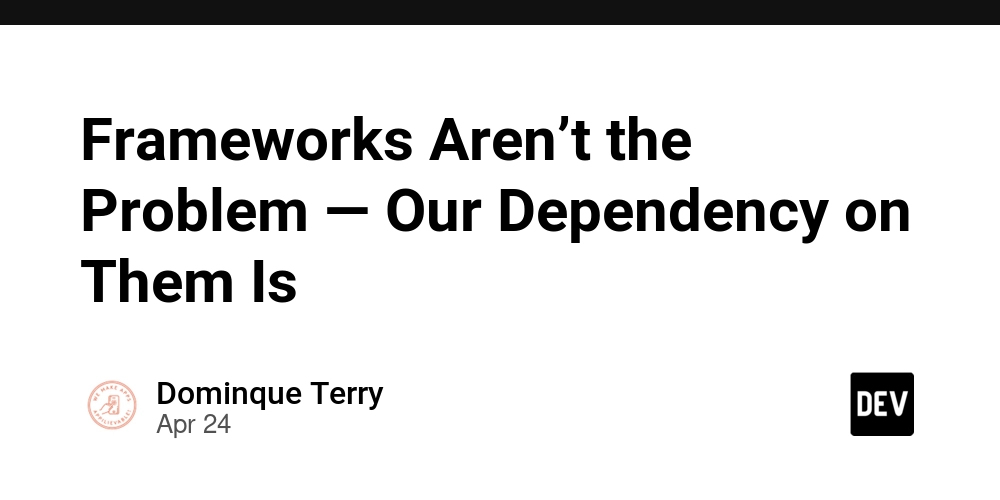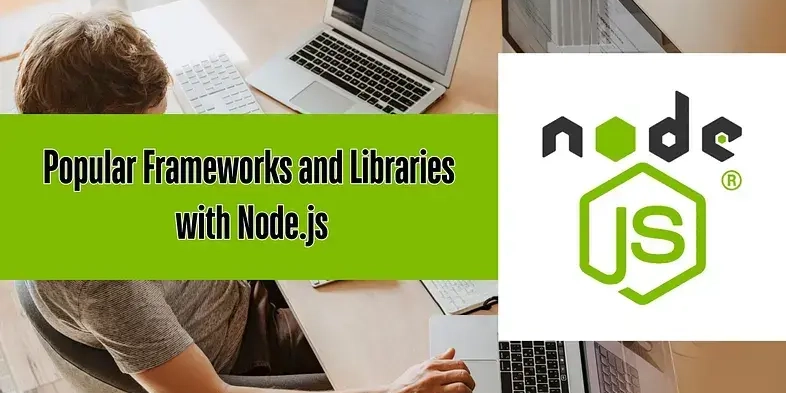
The AI Art Apocalypse: How Artificial Intelligence Is Endangering Creative Careers
Art is fundamental to the human experience. From Homer's epic poems to Da Vinci's timeless paintings and Beethoven's soaring symphonies, Art shapes cultures while driving human progress. However, the rise of artificial intelligence (AI) is sending shockwaves through artistic fields, leaving many artists worried about their future, their jobs, and the very value society places on human creativity. This article examines the growing precariousness of artistic work in the AI age, exploring the challenges and uncertainties artists face.
Are AI Art Generators Taking Over? Artists Face a Precarious Future
The speed and scale at which AI can now generate creative content is alarming. Artists are witnessing the devaluation of human creativity, with the unique perspectives and skills honed over years overshadowed by algorithms that churn out art for a fraction of the cost. Market saturation and eroding revenue streams add to the increasing instability of artistic labor.
Many artists are facing an impossible situation. They recognize the potential benefits of AI while dreading the very technology that could make them obsolete. This article investigates how AI is impacting artists and what steps can be taken to protect the future of human creativity.
The Creative Cliff: How AI Displaces Human Artists
AI isn't just a futuristic threat; it's actively displacing artists across numerous creative fields. This "silent displacement crisis" is reshaping how art is made, valued, and consumed.
- Visual Arts Under Pressure: AI image generators are causing a decline in commissions for human illustrators, shrinking opportunities and driving wages down.
- Music Industry Disruption: AI is composing music, performing as virtual DJs, and automating production tasks, forcing musicians to reimagine their roles.
- The Written Word at Risk: Writers face competition from AI tools skilled at creating articles, marketing copy, and even fiction, often sacrificing nuance for speed and cost savings.
- Graphic Design's Transformation: AI is automating image editing, generating layouts, and creating concepts, threatening entry-level positions and forcing designers to adapt to more strategic roles.
These technological advancements raise critical questions about the human cost of AI and the future of artistic professions.
Netflix's Anime AI Debacle: A Cautionary Tale
Netflix Japan's use of AI-generated backgrounds in its short film "The Dog & The Boy" ignited a fierce debate about AI in the anime industry highlighting the tension between technological progress and artistic integrity.
Netflix justified the decision by citing:
- Labor shortages.
- Cost-efficiency, promising budget reductions.
- Technological innovation.
This sparked a backlash from animators and illustrators, including studio Ghibli veterans, who worried about:
- Employment erosion.
- Aesthetic homogenization.
- Creative deskilling.
The controversy led to unionization efforts, revised contracts, and public condemnation. Ultimately it exposed how financial incentives can drive the automation of artistic roles.
AI Art and Copyright: Who Actually Owns AI creations?
The legal status of AI-generated art is murky, leading to a battle over copyright in the digital age. U.S. copyright law protects "original works of authorship" created by humans, meaning AI art cannot be copyrighted in its pure form.
The core of the legal battle focuses on how AI systems are trained.
- Tech companies claim training on copyrighted works constitutes fair use.
- Artists argue mass scraping violates their rights.
Landmark court decisions and legislative reforms are needed to determine whether creativity can be owned when it's no longer exclusively human.
Financial Tremors: AI Reshapes the Art Market's Foundations
The AI revolution is causing a seismic shift in the economics of creative work. The art market may grow, while artists struggle to survive.
Three forces are undermining artistic livelihoods:
- Price Collapse: AI can produce vast quantities of content for a fraction of the cost of human labor.
- Perceived Value Erosion: Clients view creative work as a commodity rather than a skilled craft.
- Oversaturation: AI is flooding the market with content, creating unsustainable competition.
This is leading to a two-tiered market, where high-concept human art retains value, while commercial illustration and stock content face near-total replacement by AI.

